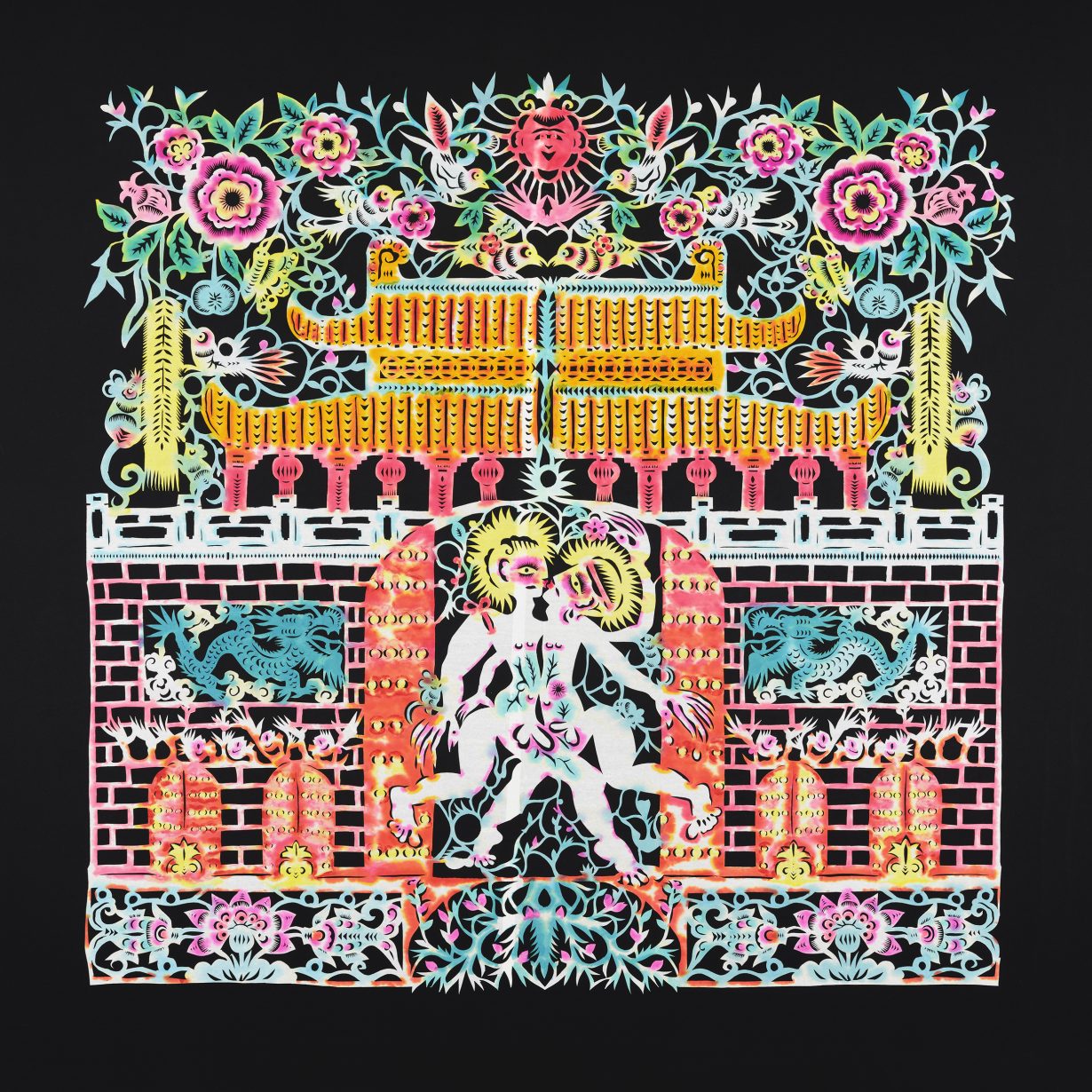A new book gathers 14 essays by artists, activists and curators that account for the key moments of recent queer history in China

In 1997 homosexuality was decriminalised in China; it was depathologised in 2001. In 2016 television was banned from depicting ‘irregular sexual relationships’ – a phrase that captured everything queerness might encompass. The period roughly bracketed by these events was one of leniency, when queer arts surfaced alongside avant-garde and feminist movements. Contemporary Queer Chinese Art takes us through this history. After an introduction that accounts for the key moments of recent queer history in China – including the UN’s Fourth World Conference on Women in Beijing (1995), the Beijing Queer Film Festival (2001–15), China’s first queer exhibition, Difference-Gender (2009), and Shanghai Pride (2009–20) – the book unfolds in 14 essays by artists, activists and curators who helped create those legacies. Among these are reflections by papercut artist Xiyadie, lesbian artist and icon Shi Tou and curator Si Han, who mounted the first institutional show of queer Chinese art, Secret Love (2012), in Stockholm’s Museum of Far Eastern Antiquities in 2012.
The book, however, is not simply an account of these seminal projects. Through a Judith Butler-inspired discussion about the agency of vulnerability, kinbaku artist and scholar Bohan Gandalf Li rethinks this originally sadomasochistic practice as a desexualised and nonbinary means of connection and care. Art educator Wei Yimu talks about his paintings of penises, inspired by the doodles a nine-year-old student drew in his class, and how these childlike depictions can be a ‘visual spoof of the compulsory masculinization of Chinese men’. Filmmaker Popo Fan reflects upon the biopolitics of eating (‘When one cannot speak as one wishes, almost the only way to satisfy oneself is to eat. I could almost hear the authorities saying: “Shut the f *ck up! And just eat!”’ Fan writes).
Despite the range of themes, at times the writing can feel vague and banal. Indeed, while reading this book you have the nagging sense that there’s another voice buried underneath these English texts speaking words that are perhaps ineffable in both languages. More effort to connect with it might have made this collection more poignant.
Contemporary Queer Chinese Art, edited by Hongwei Bao, Diyi Mergenthaler and Jamie J. Zhao. Bloomsbury Academic, £85 (hardcover)